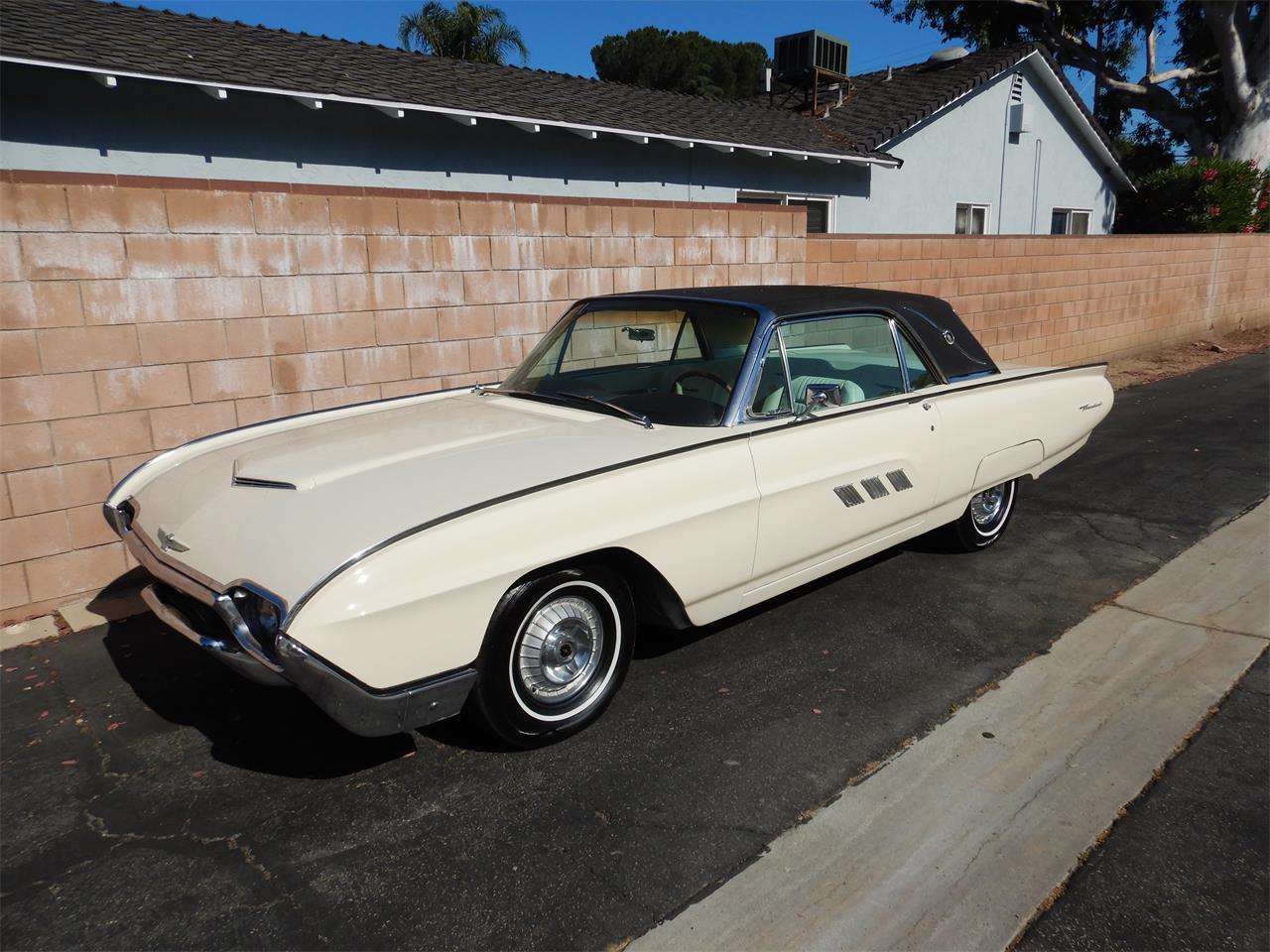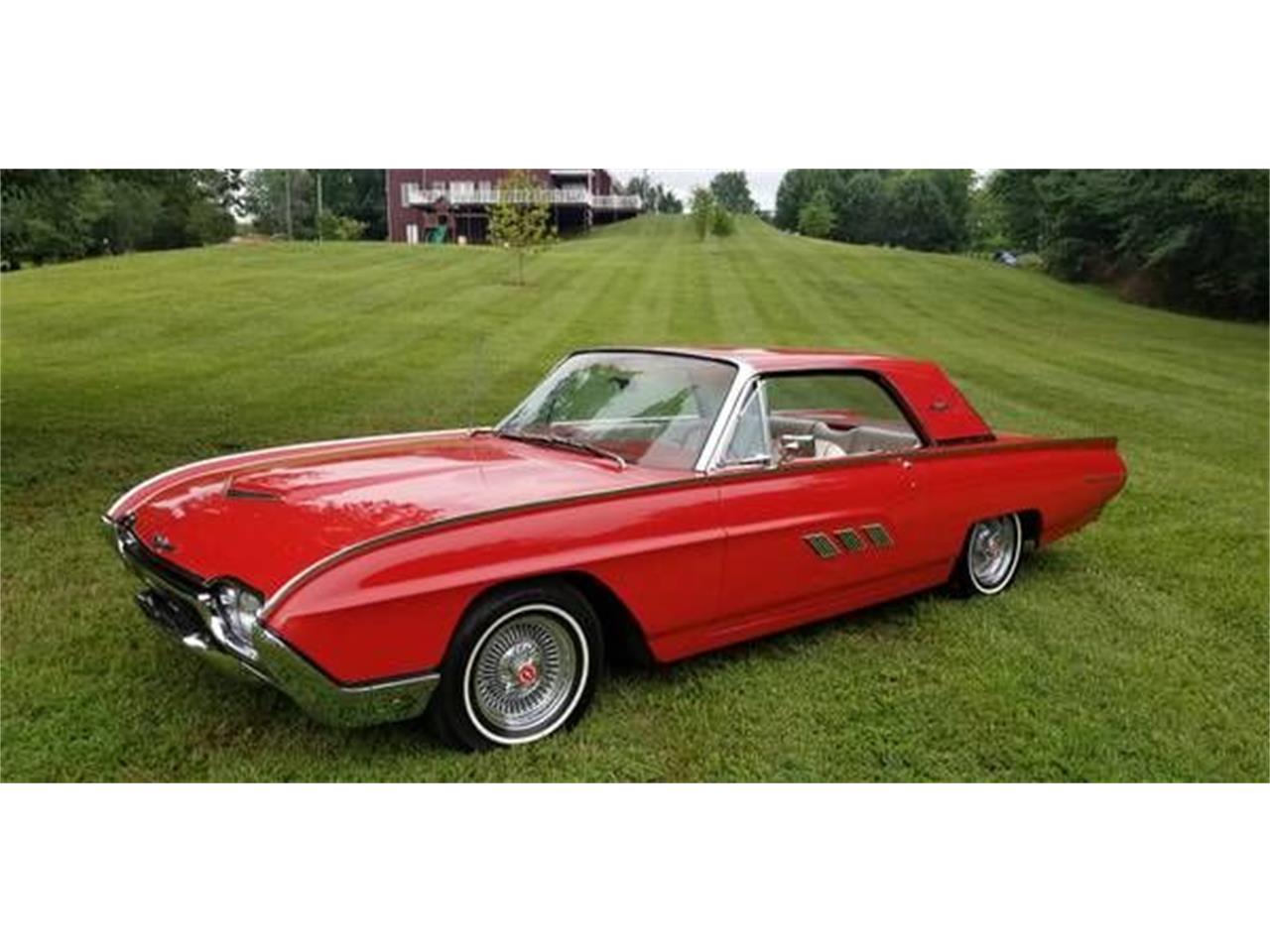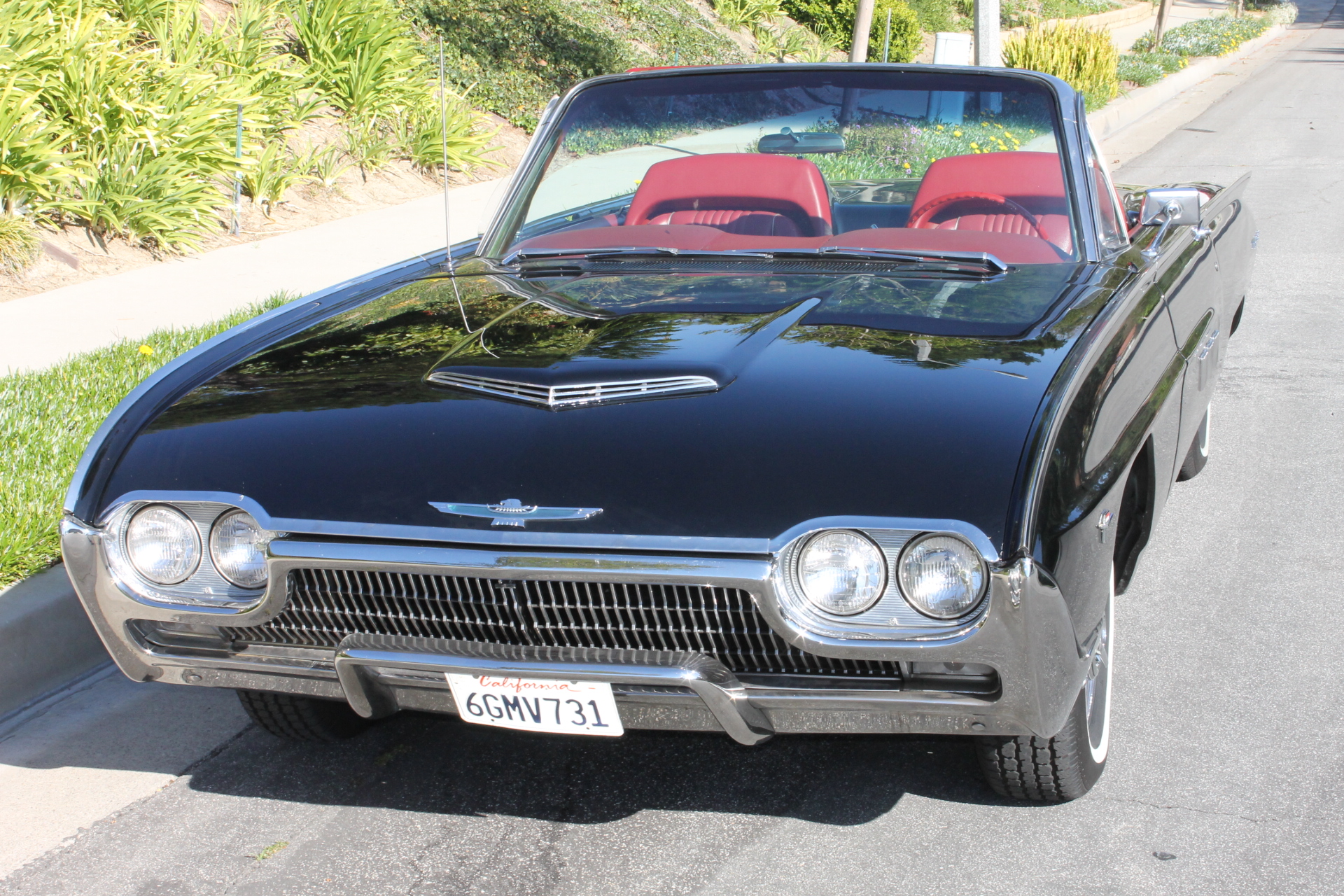

With all this being said, I must say that Ford is not the only party guilty of the cut-and-try method in this short discussion.

At speeds up to 50, it’s much more stable at expressway speeds, it’s still somewhat overeager on right hand sweepers. Needless to say, the car’s behavior is now…better than it was. It seems like an extremely well-built component that is the only option for those needing a new idler arm. The new part was an expensive piece from Rare Parts, Inc., a company that produces hard-to-find parts for all sorts of old cars. Strangely, I could not feel any play in the old idler arm once it was lying on the garage floor, but I had had to use a significant amount of force at the passenger tire to discover the problem. Saving metal in a steering component that’s tasked with guiding a nearly two-and-a-half ton car seems like false economy, but there are myriad examples of automakers being penny wise and pound foolish. When compared to my once-replaced 1963 unit, it’s easy to see how much more formidable the 1964 idler arm is. For 1964, they beefed it up again (evidently not getting it right the second time), and that final version is the one that veteran Thunderbird owners recommend for all 1961-1964 Thunderbirds. The idler arm on the 1961/2 Thunderbird was apparently so weak that it was reengineered for mid-year 1962. Ford’s engineering staff seemed to be guilty of using the cut-and-try method of engineering. Looking in my 1960-64 Ford parts book, I verified something I had read online. Sure enough, there was a fairly significant amount of play in the idler arm, and at least 1/8 inch of in-and-out movement at the tire. As Smokey might say, however, I had been asking the car the wrong questions therefore, I jacked up the passenger wheel under the control arm, left the driver’s tire in contact with the ground, and yanked on the tire with a snapping motion in an attempt to avoid any movement at the driver’s tire. A notoriously weak part from the factory, the piece on my car had been replaced in the past, and I never noticed any play during my time underneath the car. When I got home from a recent 100-mile trip on the expressway, I reconsidered the idler arm.

I also give both front wheels a hearty shake at 12 and 6 and 9 and 3 almost any time the car’s on the jack. It must be said that I own more home alignment equipment than most do-it-yourselfers, and I keep a close eye on that sort of thing. I’ve driven the car in this condition for a couple of years, but I have noticed that the right front tire has had an odd wear pattern on its outer edge. As I previously mentioned, it was no longer frightening to drive, but also not something to which I’d throw a stranger the keys and say, “See what she’ll do!” Therefore, after driving the T-Bird on pins and needles for a year, I replaced the steering box with (two) rebuilds, new solid mounts, and a new rag joint, in addition to replacing many of the suspension components such as ball joints and bushings. It’s usually worse in one direction than another (right in my car’s case), and the steering gear is usually blamed – something along the lines of the spool valve, etc.
1963 THUNDERBIRD DRIVER
When referencing a 1961-1964 Thunderbird’s behavior, however, it occurs when a light steering input rewards the driver with a lurid, abrupt lane change that becomes more lurid and abrupt as speed increases. Smokey Yunick, more accustomed to NASCAR Chevelles than slow, heavy cruisers, might scoff and say that oversteer is a loose ass end, or something else comically vulgar. Those who have followed my previous COAL updates on my 1963 Thunderbird may recall my problems (that those in the Thunderbird world label “oversteer”) with the steering system. Unfortunately, we all fall into this trap once in a while, and that statement definitely includes DIY classic car owners and perhaps even the engineering staffs of Big Three automakers. It’s been awhile since I’ve read Smokey Yunick’s entertaining, colorful, and seemingly endless autobiography, but I recall his depreciating those who relied on what he called “cut and try” methods in lieu of analytical thinking and the use of data.


 0 kommentar(er)
0 kommentar(er)
